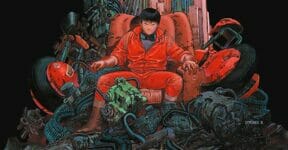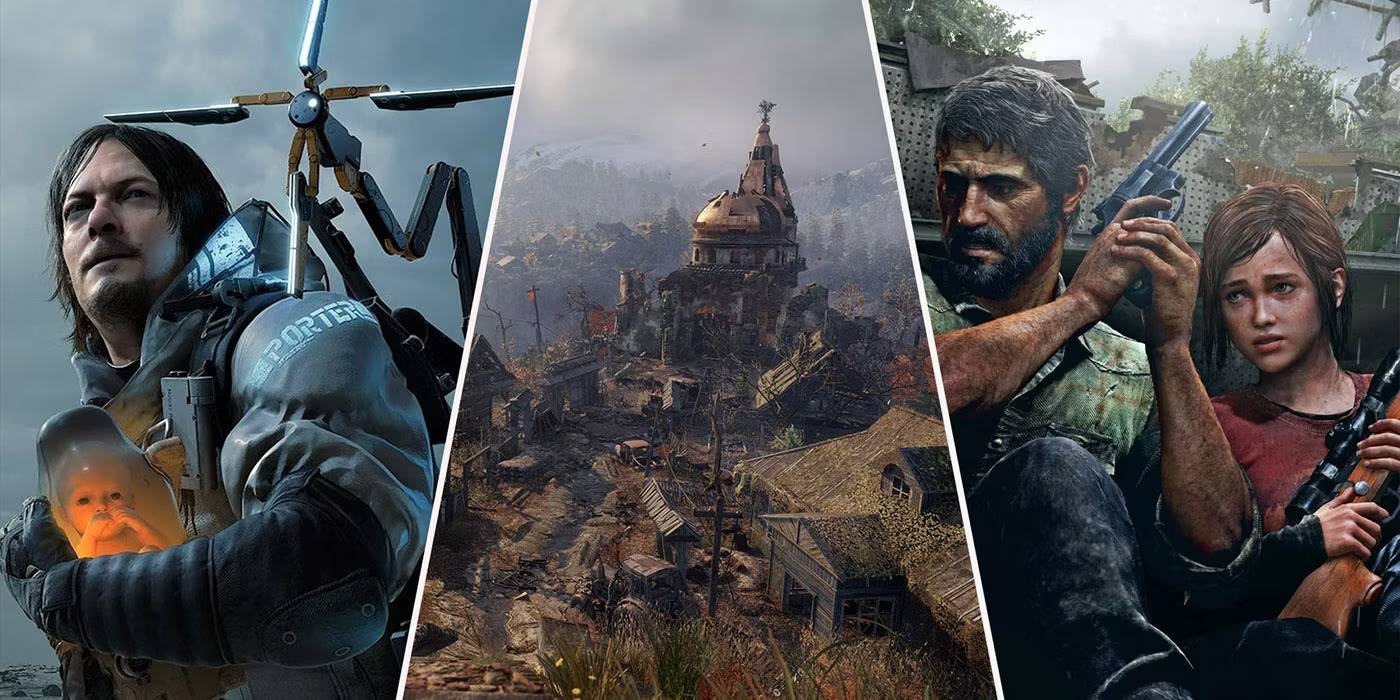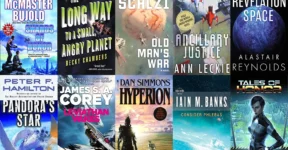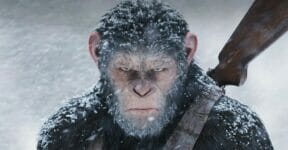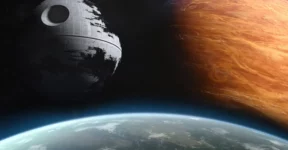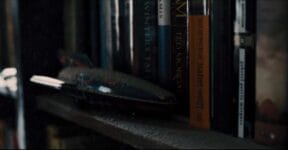Let’s explore “The Culture” series by Iain M. Banks, a collection of science fiction novels set in a post-scarcity, highly advanced society known as the Culture:
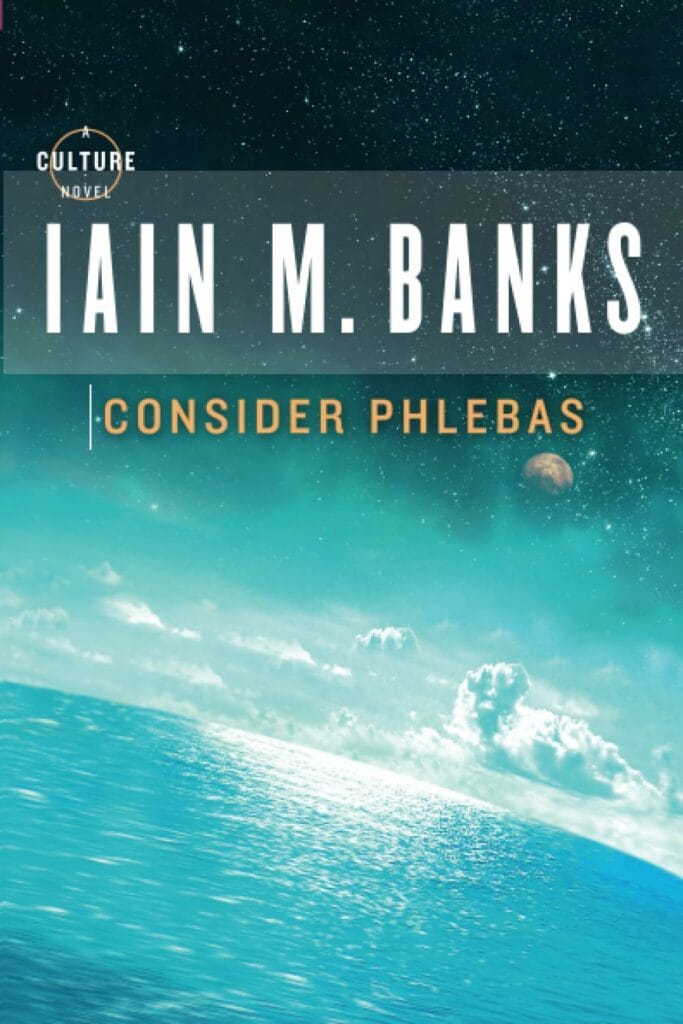
Consider Phlebas
The first novel in the series introduces readers to the Culture, a vast interstellar civilization composed of highly advanced artificial intelligence, humanoids, and other sentient beings.
The story follows Horza, a shape-shifting mercenary working for the Idirans, a hostile species engaged in a war against the Culture. Horza is tasked with retrieving a missing Culture Mind, an extremely powerful AI, from a dead planet.
Along the way, Horza encounters various characters and factions, including Culture agents who are trying to thwart his mission. The novel explores themes of identity, loyalty, and the clash of ideologies between different civilizations.
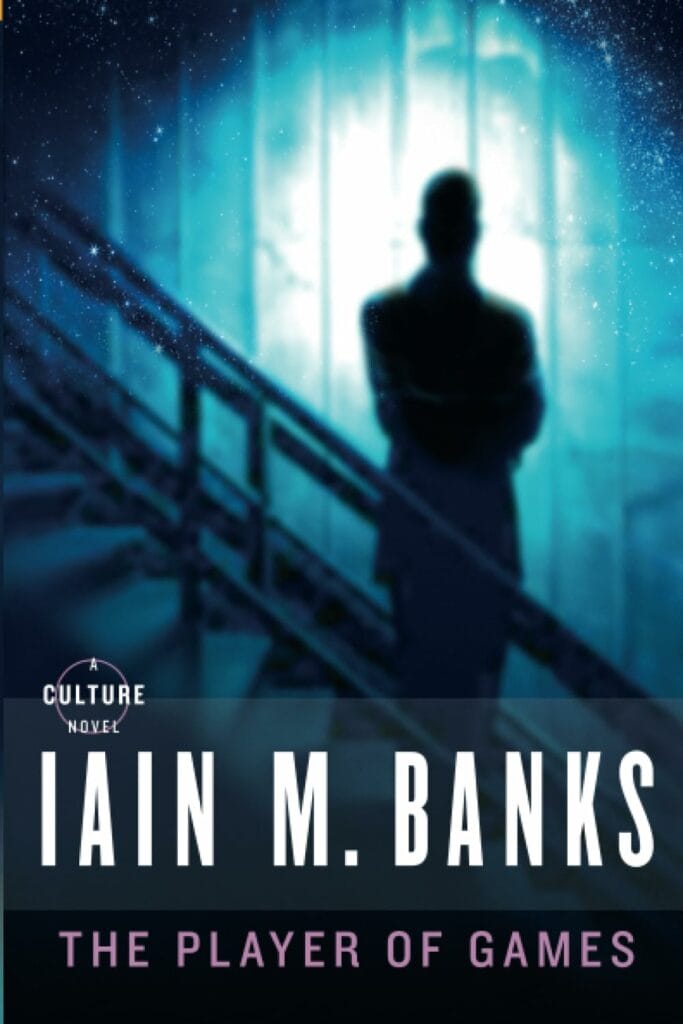
The Player of Games
In this installment, the protagonist is Jernau Morat Gurgeh, a gifted player of strategy games in the Culture. Feeling bored and unfulfilled with his life, Gurgeh accepts a challenge to participate in a game against the Empire of Azad, a highly hierarchical and oppressive society.
As Gurgeh navigates the complex political intrigue and treachery of the Azad Empire, he begins to question the values and assumptions of his own society. The novel explores themes of culture clash, power dynamics, and the nature of freedom.

Use of Weapons
This novel follows the exploits of Special Circumstances agent Cheradenine Zakalwe as he undertakes various covert missions on behalf of the Culture. The narrative alternates between Zakalwe’s current mission and flashbacks to his past, revealing the traumatic events that have shaped him.
As Zakalwe confronts the consequences of his actions and grapples with his own moral ambiguity, the novel delves into themes of redemption, moral relativism, and the cost of war.

The State of the Art
This collection of short stories includes the titular novella, which follows a Culture ship named Arbitrary as it visits Earth in the 1970s. The Culture’s Contact division is observing humanity’s development and debating whether to intervene.
The other stories in the collection explore various aspects of life in the Culture, including the relationship between humans and AI, the Culture’s approach to diplomacy and exploration, and the ethical dilemmas faced by its citizens.

Excession
In this novel, the Culture encounters an enigmatic and powerful entity known as an Excession, which appears in space and threatens to disrupt the balance of power in the galaxy.
As various factions within the Culture and other civilizations vie for control of the Excession, the novel explores themes of technological transcendence, political intrigue, and the limits of understanding in the face of the unknown.

Inversions
Departing from the usual style of the series, “Inversions” is set on a primitive planet with no direct mention of the Culture. The story follows two characters, a doctor named Vosill and her assistant DeWar, whose actions subtly influence the course of their society’s history.
Through their interactions with the ruling elite and ordinary people, Vosill and DeWar embody the principles of the Culture, even though their true identities and motivations remain mysterious.
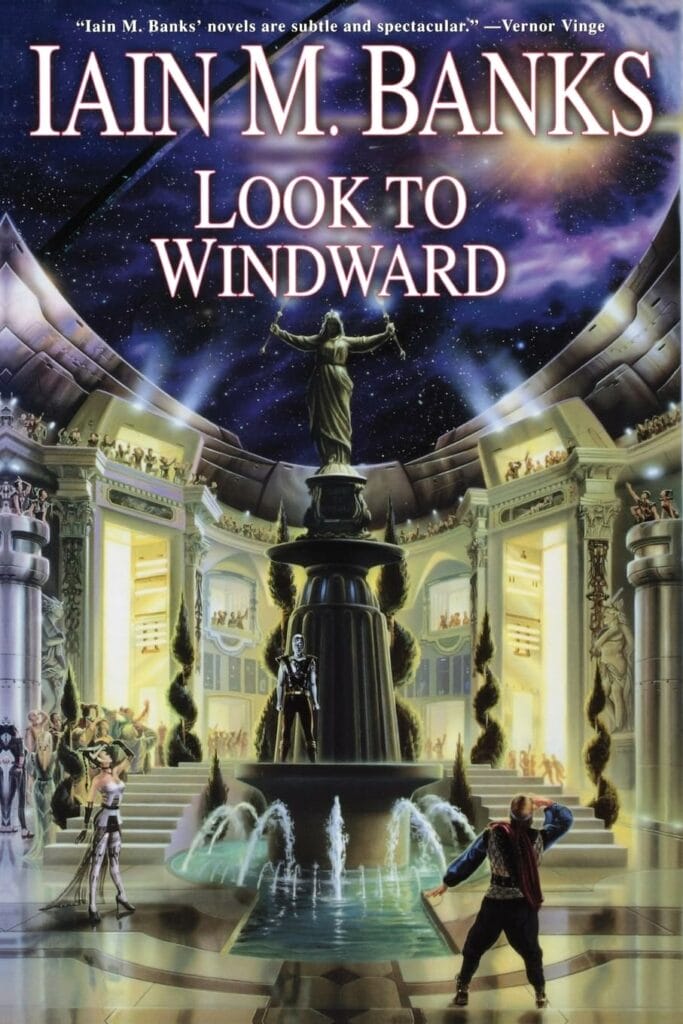
Look to Windward
Set against the backdrop of a grandiose Culture festival, this novel follows several characters as they grapple with guilt, loss, and the legacy of past mistakes. A retired Culture agent, a grieving widower, and an alien composer are among the diverse cast of characters whose lives intersect in unexpected ways.
As the story unfolds, themes of memory, reconciliation, and the cyclical nature of history are explored, highlighting the complex interplay of individuals and societies in the vast tapestry of the Culture.

Matter
This novel follows the adventures of Prince Ferbin of the Sarl, a medieval-level civilization within the Culture’s sphere of influence. When Ferbin’s father is assassinated, he embarks on a quest for revenge that leads him into the heart of interstellar politics and intrigue.
As Ferbin navigates the treacherous machinations of rival factions and uncovers long-buried secrets, the novel explores themes of power, hierarchy, and the clash of civilizations.

Surface Detail
In this novel, the Culture becomes embroiled in a conflict over the existence of virtual hells, simulated afterlives where sentient beings are punished for their sins. The Culture’s intervention in the dispute leads to a series of escalating conflicts and moral dilemmas.
As the characters grapple with questions of justice, morality, and the nature of consciousness, the novel explores the ethical implications of virtual reality and the limits of utopian societies like the Culture.

The Hydrogen Sonata
The final novel in the series follows a Culture ambassador named Vyr Cossont as she embarks on a journey to witness the titular Hydrogen Sonata, a monumental musical composition performed only once every eleven thousand years.
As Vyr travels across the galaxy, she encounters ancient mysteries, political intrigue, and the enduring legacy of civilizations long gone. The novel explores themes of transcendence, legacy, and the search for meaning in a universe teeming with life and possibility.
Have you read any of the books on the list? What’s your favourite The Culture Book? We’d love to hear from you.
Other things you might want to know:
Do I need to read the Culture in order?
You can read the books in any order as they stand alone.
What is the concept of the culture series?
The Culture holds peace and individual freedom as core values, and a central theme of the series is the ethical struggle it faces when interacting with other societies
How many Culture books are there?
10.
Check out other articles by month:


